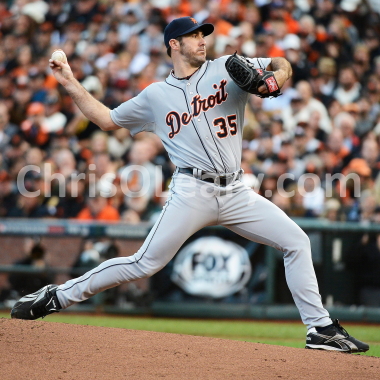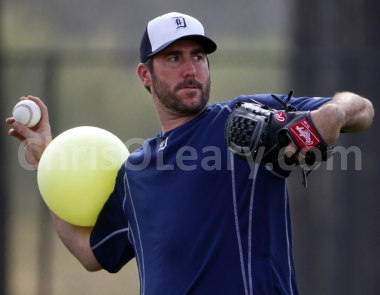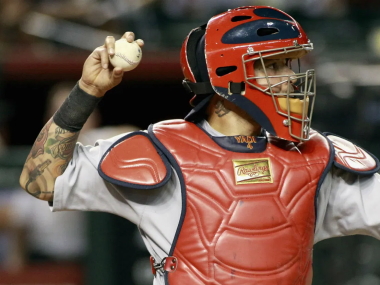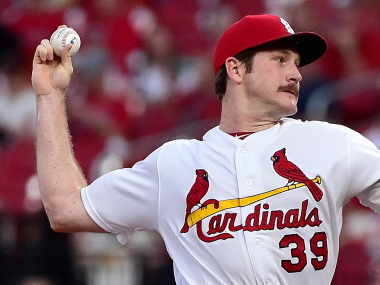|
As I discuss in
Justin Verlander: What Happened, JV was hurt, at least in part,
by an at least ahistorical change in his elbow angle that was
recommended by Ron Wolforth.

Justin Verlander
For some reason, Wolforth decided that Verlander needed to change
from Long-Arming to Short(er)-Arming.

Justin Verlander Using a
Connection Ball in 2015
That led Verlander to have problems with his Triceps in both 2015
and, completely predictably, in 2020.
That change from Long-Arming to Short-Arming was obvious during
Spring Training 2020...
...and led to his elbow injury during the 2020 season.
So why was it -- so obviously -- a terrible idea?
Elbow Angle
There are a long of myths and misconceptions -- and old wive's
tales if not prejudices -- surrounding the topic of Elbow Angle and
baseball pitchers.
Short-Arming
Short-arming is a movement pattern that you see in a few baseball
pitchers and most baseball catchers.

Yadier Molina
Short-Arming Elbow Angle
In the picture above of Yadier Molina, notice how, at the high-cocked
or ready position, when his pitching arm is UP, his hand and the ball
are inside his elbow.
Long-Arming
Justin Verlander is -- or was -- an example of Long-Arming.

Justin Verlander
Long-Arming Elbow Angle
At the High-Cocked or Ready position, JV's hand and the ball were
OUTSIDE of his elbow.
There are many people who think this is bad, but I've never seen
any good evidence to back up that belief.
And Verlander didn't have elbow problems until he got AWAY from
Long-Arming,
at the behest of Ron Wolforth.
90-Degree
The only Elbow Angle that concerns me is 90-Degrees.
Unfortunately, 90-Degrees is the Elbow angle that is advocated by
Dr. Glenn Fleisig of ASMI.
I suspect because it's a nice round number.
The problem is there's some evidence to suggest that a 90 degree
Elbow Angle focuses the load on the UCL and the muscles of the
forearm.

Miles Mikolas
90-Degree Elbow Angle
I have some suspicions that Miles Mikolas' elbow problems are
related to his 90-Degree Elbow Angle.
|




